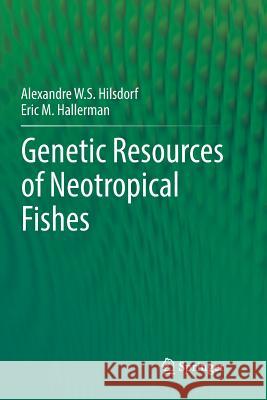Genetic Resources of Neotropical Fishes » książka
topmenu
Genetic Resources of Neotropical Fishes
ISBN-13: 9783319857619 / Angielski / Miękka / 2018 / 258 str.
Genetic Resources of Neotropical Fishes
ISBN-13: 9783319857619 / Angielski / Miękka / 2018 / 258 str.
cena 578,30 zł
(netto: 550,76 VAT: 5%)
Najniższa cena z 30 dni: 574,29 zł
(netto: 550,76 VAT: 5%)
Najniższa cena z 30 dni: 574,29 zł
Termin realizacji zamówienia:
ok. 20 dni roboczych.
ok. 20 dni roboczych.
Darmowa dostawa!
Kategorie:
Kategorie BISAC:
Wydawca:
Springer
Język:
Angielski
ISBN-13:
9783319857619
Rok wydania:
2018
Wydanie:
Softcover Repri
Ilość stron:
258
Waga:
0.38 kg
Wymiary:
23.39 x 15.6 x 1.47
Oprawa:
Miękka
Wolumenów:
01
Dodatkowe informacje:
Glosariusz/słownik
Wydanie ilustrowane
Wydanie ilustrowane











